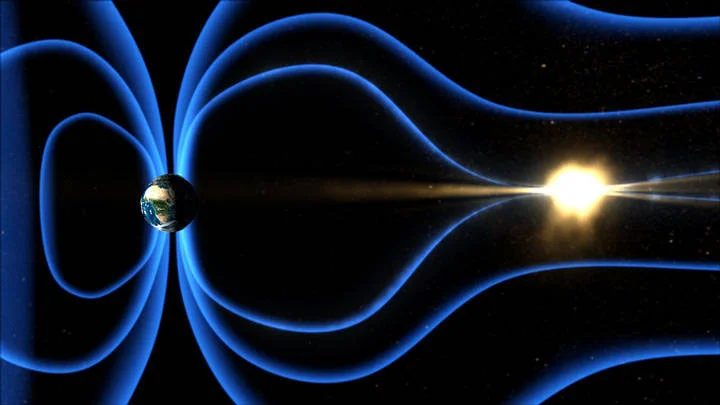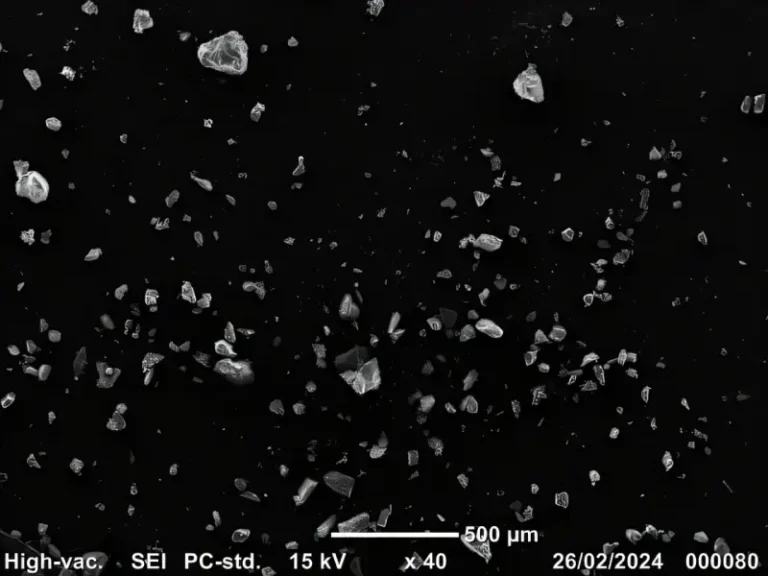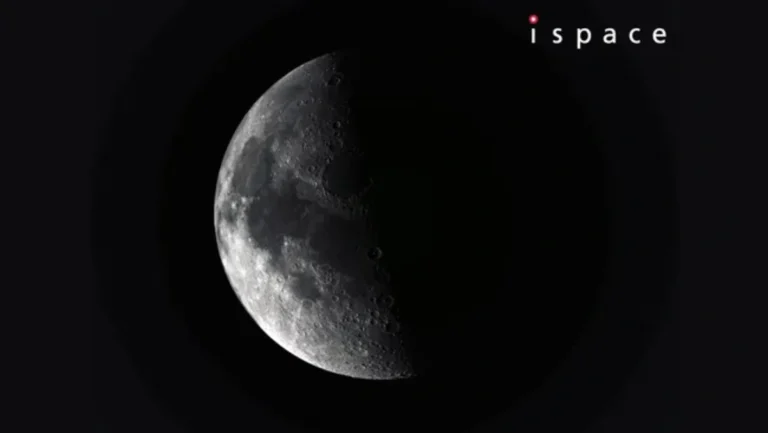Anomaly in Earth’s magnetic field tail

The magnetic field that protects us from solar storms and creates dazzling auroras is exhibiting strange behavior in its tail. Scientists are working to solve this mystery.
Magnetic reconnection is a process where the Earth’s magnetic field lines, distorted by interaction with the solar wind, break and reconnect in a different way. This phenomenon occurs mainly in the magnetic tail, the part of the magnetosphere that extends away from the Sun. When the solar wind exerts pressure on the magnetosphere, the magnetic field lines from opposite directions in the tail meet and reconnect, releasing a large amount of energy.
This energy is transformed into heat and kinetic energy, accelerating the charged particles in the magnetosphere. The release of energy during reconnection triggers what scientists call “sub-storms”, temporary disturbances in the magnetic tail that can cause visible auroras in the Earth’s polar regions. However, in one of these events, detected by NASA’s Magnetospheric Multiscale Mission (MMS) satellites in 2017, there were no signs of a sub-storm.
“We want to understand how the local physics observed by MMS affects the entire global magnetosphere,” explained Dr. Andy Marshall, a postdoctoral researcher at Southwest Research Institute (SwRI) who is currently trying to explain this phenomenon.
“By comparing that event to more typical substorms, we seek to improve our understanding of what causes a substorm and the relationship between substorms and reconnection,” he added.
Over the course of a one-year project, SwRI will carry out a comparison between in situ reconnection measurements made by the MMS, which influence local fields and particles, and global reconstructions of the magnetosphere. These reconstructions will be developed by the Coordinated Community Modeling Center at NASA’s Goddard Space Flight Center, using a space weather framework provided by the University of Michigan.
“It is possible that there are significant differences between the global convection patterns of the magnetic tail for substorms and for reconnections without substorms,” Marshall said. “We have not examined the motion of magnetic field lines on a global scale, so it could be that this unusual substorm was a very localized phenomenon that MMS managed to observe. If not, it could change our understanding of the relationship between tail reconnection and substorms.”
Currently, with the Sun exhibiting intense activity in its 25th cycle, it is crucial to deepen our understanding of the magnetic field that protects us.






